Correction of the nasolacrimal groove with fillers
Such an advanced and effective method as nasolacrimal groove correction with fillers helps to eliminate visual imperfections in the under-eye area. Here, a depression often appears, going from the inner corner of the eye to the cheek. It appears due to age, lack of moisture and fat in the tissues, as well as stress and insufficient night rest. With age, the natural production of hyaluronic acid, which is responsible for the elasticity of the skin, decreases, which leads to the appearance of dark circles and signs of fatigue in the eye area. The technique involves the introduction of injections containing hyaluronic acid, which not only fills the depressions, but also helps stimulate the production of its own collagen and elastic fibers.

specialists

equipment

treatment
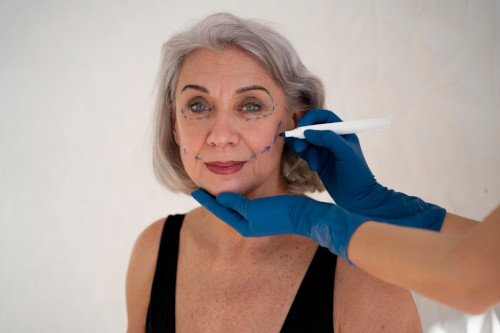
Causes of the nasolacrimal groove
Such a phenomenon as a nasolacrimal groove is not just an external defect. The anatomical feature is designed to reflect various changes in the body. Understanding the causes of this groove is important for its prevention and selection of correction methods. The basis for the appearance of the nasolacrimal groove may be:
- Age-related changes. Over the years, the skin loses collagen and elastin, which leads to a decrease in its elasticity and density. These processes begin to manifest themselves noticeably by the age of 25-30, and by 40 the nasolacrimal groove becomes clearly visible. Research shows that with each decade, the production of collagen and elastin fibers decreases, worsening the problem
- Genetic predisposition. If your immediate family members have a noticeable nasolacrimal groove, you may also have inherited this trait. Genetics can cause the groove to appear at a young age
- Unhealthy lifestyle. Lack of sleep and chronic stress have a negative effect on the skin. Sleepless nights can cause puffiness around the eyes and deepening of the nasolacrimal groove. Bad habits, such as smoking, also destroy collagen, worsening tissue aging
- Sudden changes in body weight. Weight fluctuations affect the fatty tissue framing the eyes. Sudden weight loss can cause sagging skin, and weight gain can cause bulges, which are called bags under the eyes. This provokes visual changes, making the tear trough more noticeable
A lack of moisture and nutrients in the periorbital area can contribute to the accelerated appearance of the nasolacrimal groove. The use of inappropriate cosmetics for washing or harsh cleansing procedures can also negatively affect the condition of the skin in this area. The easiest way out is to correct the nasolacrimal groove with fillers.
Types of fillers for nasolacrimal groove correction
There are several types of products suitable for nasolacrimal groove correction:
| Filler name | Main characteristics | Advantages | Disadvantages |
|---|---|---|---|
| Juvederm Ultra 2 | Hyaluronic acid, low density | Evenly distributed, reduces the likelihood of swelling | The effect lasts up to 6 months |
| Juvederm Volbella | Hyaluronic acid, high flexibility | Long-lasting result up to 12 months, delicate consistency | Price |
| Belotero Balance | Hyaluronic acid, medium density | Excellent fusion with tissue, natural effect | Additional introduction |
| Restylane | Hyaluronic acid, various consistencies | Wide selection of formulas for different areas, high safety | Not always a long-term effect |
Preparations whose main component is hyaluronic acid are more preferable for the correction of the nasolacrimal groove, as they promote hydration and restoration of tissue volume.
General information about the procedure
Benefits of filling the nasolacrimal groove with filler
Benefits of filling the nasolacrimal groove with filler. Using fillers to correct the nasolacrimal groove provides many advantages:
- Instant results. Immediately after the procedure, the patient notices improvements: the skin becomes more elastic, and signs of fatigue are reduced
- Minimal recovery time. The procedure lasts approximately 30-40 minutes, and the recovery period is usually short. Most patients can continue their daily activities immediately after the procedure
Fillers containing hyaluronic acid are considered safe and are easily tolerated by the body. Hyaluronic acid is a natural component of the skin, which reduces the likelihood of allergic reactions.
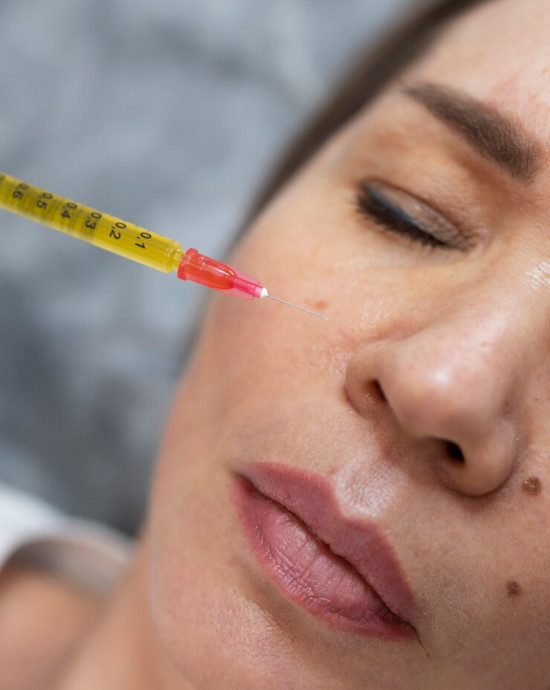
Answers to popular questions
The specialists of the K+31 clinic answered the most frequently asked questions about the correction of the nasolacrimal groove.
Are there any contraindications to the procedure?
Indeed, there are several restrictions for nasolacrimal groove correction with fillers. Here are some of them:
- Pregnancy and breastfeeding. During these periods, hormonal fluctuations can affect the body's response to fillers
- Infections or inflammations in the area of the proposed injections. Manipulations can provoke the spread of the infectious process
- Allergy to the components of the filler. Personal intolerance to the components can cause severe allergic reactions
- Autoimmune diseases. Can complicate recovery after the procedure
- Problems with blood coagulation. Increase the risk of hemorrhages and other complications
- Oncological diseases. The procedure may have a negative impact on your overall health
Before the procedure, it is highly recommended to consult a professional who will evaluate your case and offer possible options.
Is it possible to combine nasolacrimal groove correction with other procedures?

About the Department of Aesthetic Medicine K+31

This award is given to clinics with the highest ratings according to user ratings, a large number of requests from this site, and in the absence of critical violations.

This award is given to clinics with the highest ratings according to user ratings. It means that the place is known, loved, and definitely worth visiting.

The ProDoctors portal collected 500 thousand reviews, compiled a rating of doctors based on them and awarded the best. We are proud that our doctors are among those awarded.
Make an appointment at a convenient time on the nearest date
Price
Other services






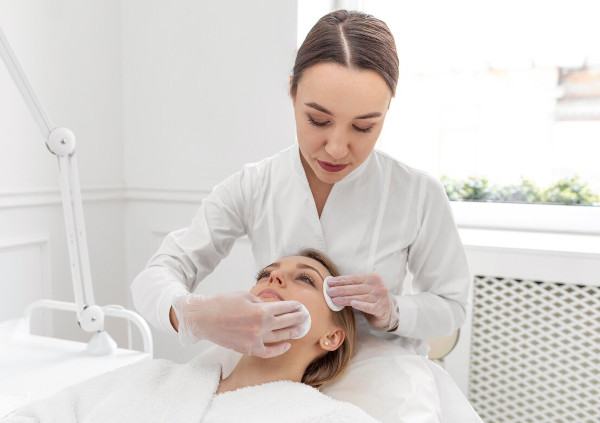
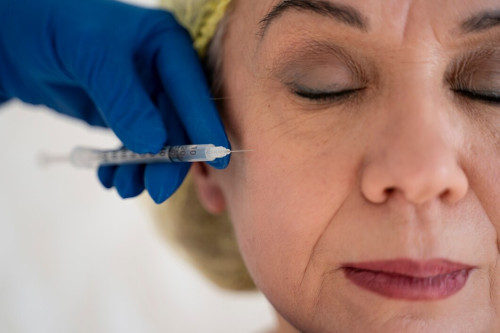
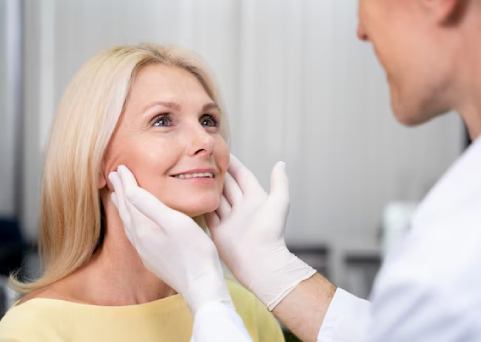
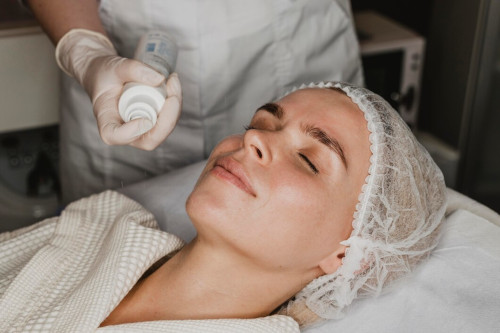



























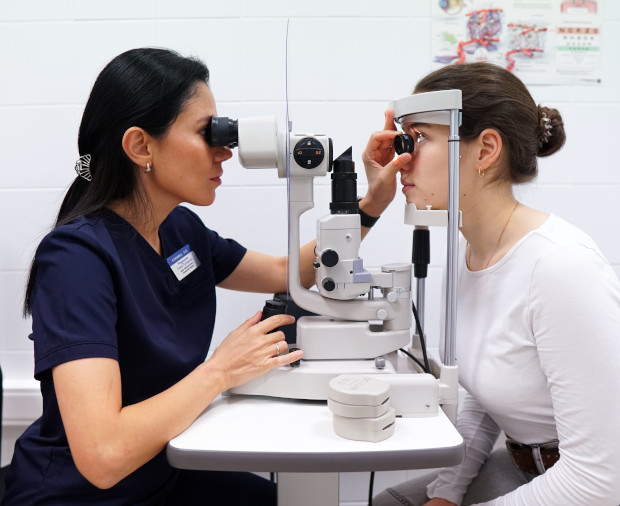


How to eliminate nasolacrimal groove with fillers
The use of fillers for the correction of the nasolacrimal groove is a popular and effective method that gives the skin of the face a rested and youthful appearance. Most fillers are based on hyaluronic acid, a natural component of tissues. Over time, its concentration decreases, which entails a loss of density of the tissues under the eyes.
Injecting filler into the nasolacrimal groove allows you to fill this area. Hyaluronic acid attracts moisture and retains it, which has a positive effect on the texture of the skin. As a result, the tissues acquire an even texture, and signs of fatigue are erased. Studies confirm that the effect of the procedure can last from three months to a year, depending on the type of filler and the individual characteristics of the patient's body.